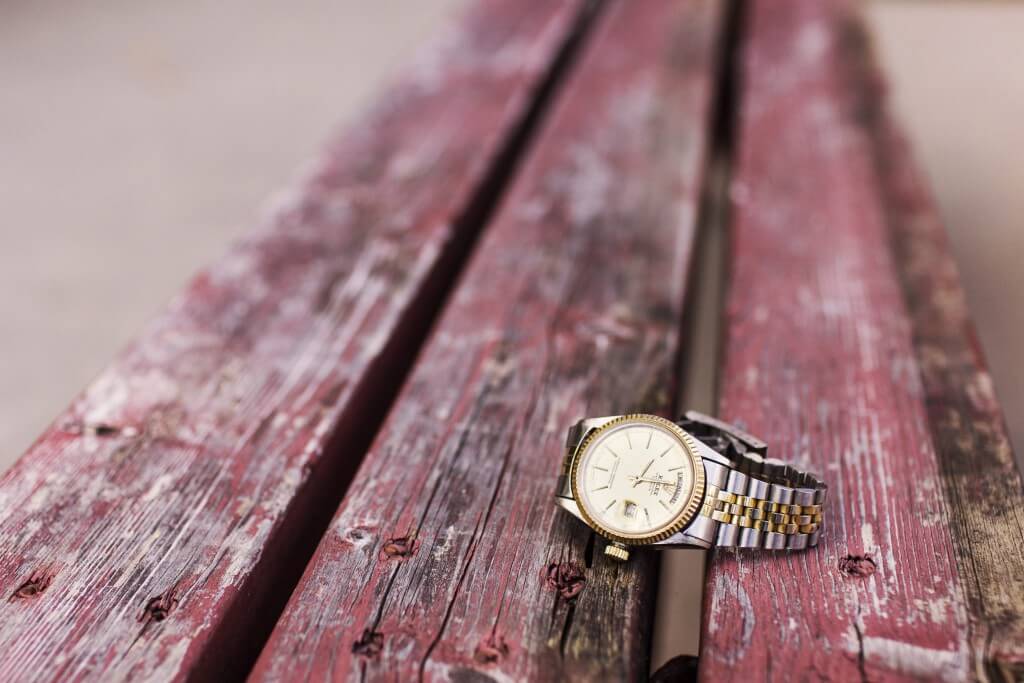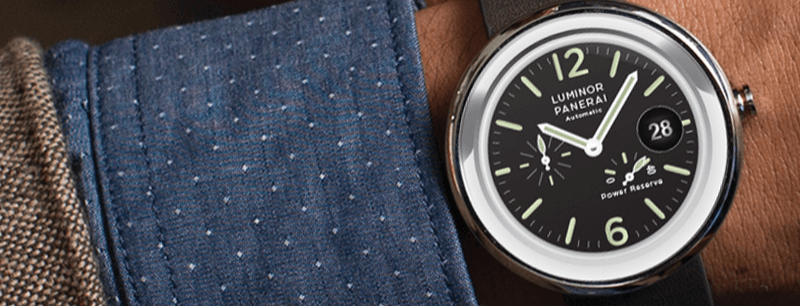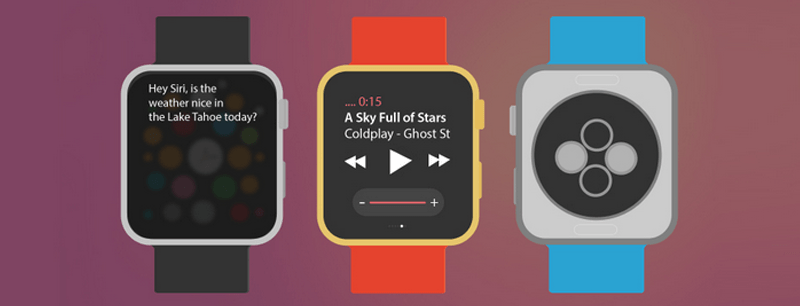Share
[quotebox source=”Steve Jobs”]A lot of times, people don’t know what they want until you show it to them.[/quotebox]
My first reflection when I saw the first mobile phone was: why would I want this if I already have a telephone at home?
I remember thinking that mobile phones would only be useful for boasting about, and that the only ones who would make the most of these devices were the brokers and drug pushers. For me, anyone else who owned one did so only to pretend that they belonged to one of these trades.
The feeling I have today with smartwatches is similar. The only difference lies in the reflection.
This article develops device problems and provides the key of what is, as I understand, its potential.
At present, a Smartwatch is limited to:
- Visualizing incoming calls and accepting or rejecting them
- Visualizing notifications
- Fitness control (there are several devices which are lower priced and have the same functionality)
- Knowing the time
- Other functionalities which differ very little from those we already have in our phones
“Overall, smartwatches are just an extension of your smart phone…”.ArmenGhazarian.
OK, fair enough, but what’s wrong with being an extension? And, more importantly, what’s wrong with being an extension able to track information about our own body?
Uxmag, in one of its articles, distinguishes the different types of “wearable devices”, which fall into three categories: Activity Trackers, Smartwatches and Smartglasses. While Activity Trackers are expected to collect data for improving our health, Smartwatches are pushed into the background as they are compared with Smartphones and used as mere evolutionary substitutes.
However, I think that, in many cases, we are wrong perceiving Smartwatches as if they were small Smartphones. We tend to consider the creation of apps for Smartphone, and basically only think about how it may be adapted to Smartwatch (which functionality to keep and which remove).
But what about expanding what is in our wrist to all our surroundings rather than simply trying to compress all our surroundings in our wrist?
Nowadays, we can track the kilometres we walk, the hours we sleep per day or our heart rate. We use Activity Trackers for collecting this data and dump it onto another device to interact with them.
A Smartwatch is able to perform the same functions as an Activity Tracker but, in addition, it features:
- Capacity to collect external data
- Possibility of processing the collected data
- Interaction (once current limitations are accepted)
- Communication, similar to a Smartphone
Say we are amateur runners and we use our Activity Tracker to track the kilometres we walk, the time spent, the average speed and even the calories we burn in the process. Next, we will probably download this data and add it to a platform (to show off with our friends) where they will be stored in an app which analyses our evolution and allows us to plan future adventures.
Let’s add a small handicap to our hobby. Say we are asthmatic. The problem would have started long before the tracking of kilometres we walk or the time spent. The first doubt raised would be: should I run today?
All you would get from your Activity Tracker would be “Don’t these colours look great on me?”
However, and thanks to a Smartwatch, we could perform the following actions:
- Collect our body’s data (raising awareness of our physical condition): You have walked 3 kilometres today. During that time, your heart rate was 65 beats per minute.
- Collect external data (external factors in this situation will be decisive): Outside temperature is 25º, average humidity is 85% and the level of contamination in your area is low.
- Process the collected data: If you compare data, the chances of suffering from an asthmatic crisis is 32% if you run today.
- Interact and Communicate: You are given two options: <Start track> or <Cancel track>. But by the fourth kilometre, your fears come true and Murphy’s Law turns the 32% probability into 99%. Then, all you have to do (after cursing app developers) is press the button to send a request for help with your location so you can be assisted.
During the whole process, we managed to get by without Smartphone, and without missing a single functionality. We simply did not need more.
The starting point is not to adapt to its limitations but to take advantage of its full potential.
Empatica is a company who knew how to interpret this trend and has developed a device oriented to save lives by taking advantage of data collection and using it for “real useful things”. Link
Just as a tsunami can be foreseen thanks to the data collected and analysed on the high seas, the collection of our body’s data can foresee the factors which trigger diseases where the speed of response is vital.
And what about using data to improve user experience?
There is an interesting article where the concept of Appticipation is exposed. In general, it suggests modifying the app mode based on the place where we are and on the type of user.
“Using appticipation, we create app modes based on the functionality users need in different locations”.
The concept of Appticipation (among others already existing) is oriented to the customization and optimization of the interaction of the user with an app, by displaying the information wished to be seen in each moment.
Let’s imagine for a moment that, after analysing the data collected by a Smartwatch, we are able to work out if users have had a stressful or relaxed day. Let’s suppose that, besides this information, we are able to work out their mood when opening the app and even track their reactions to the information we are displaying.
Could you improve your product?
This article was originally posted here.
Share



